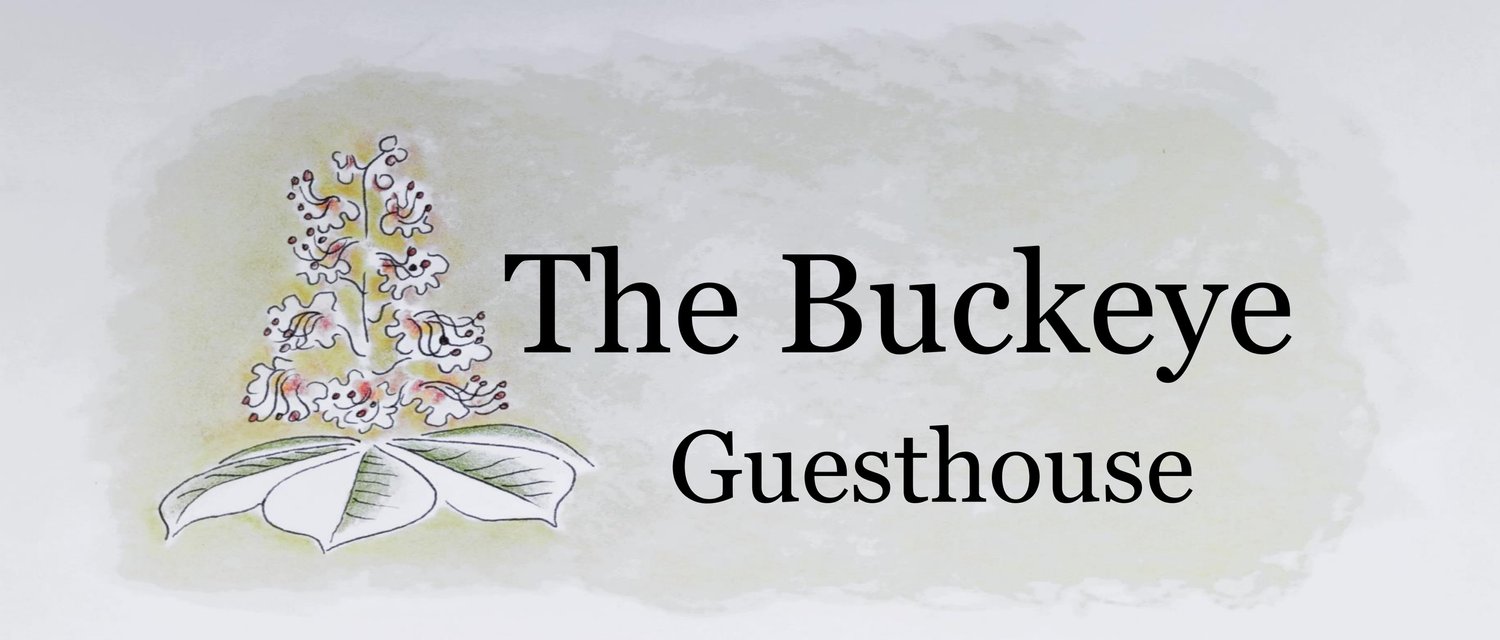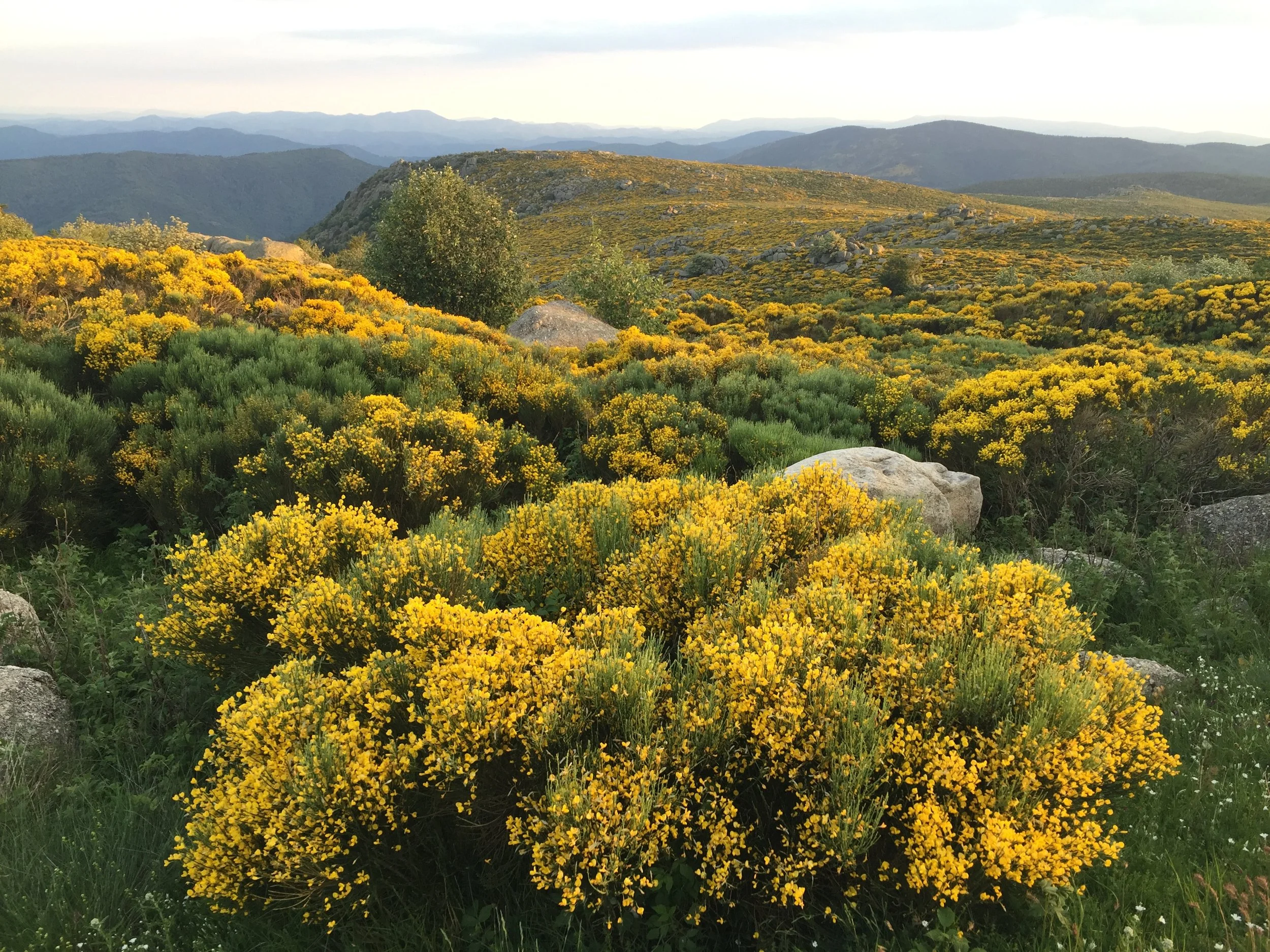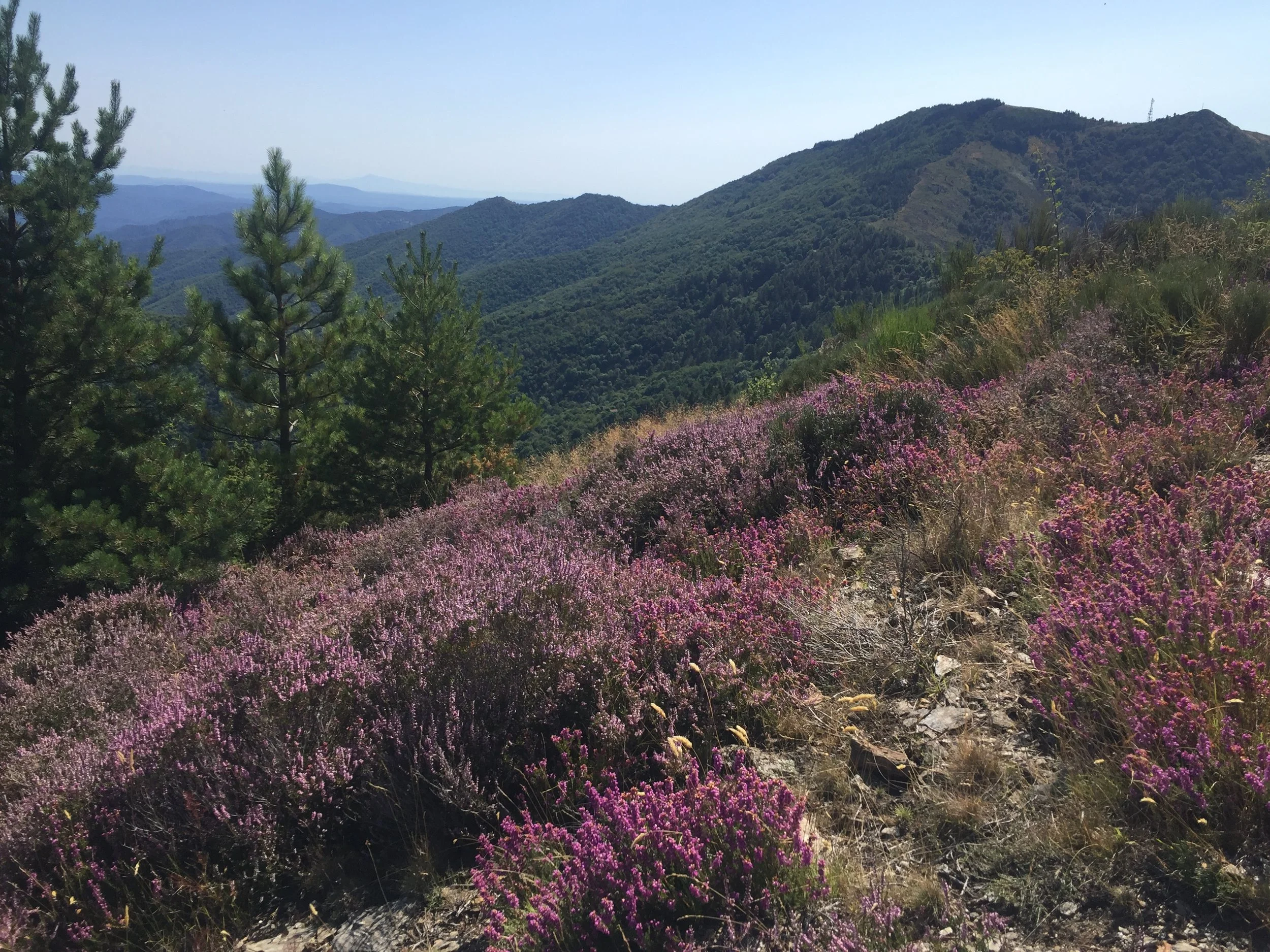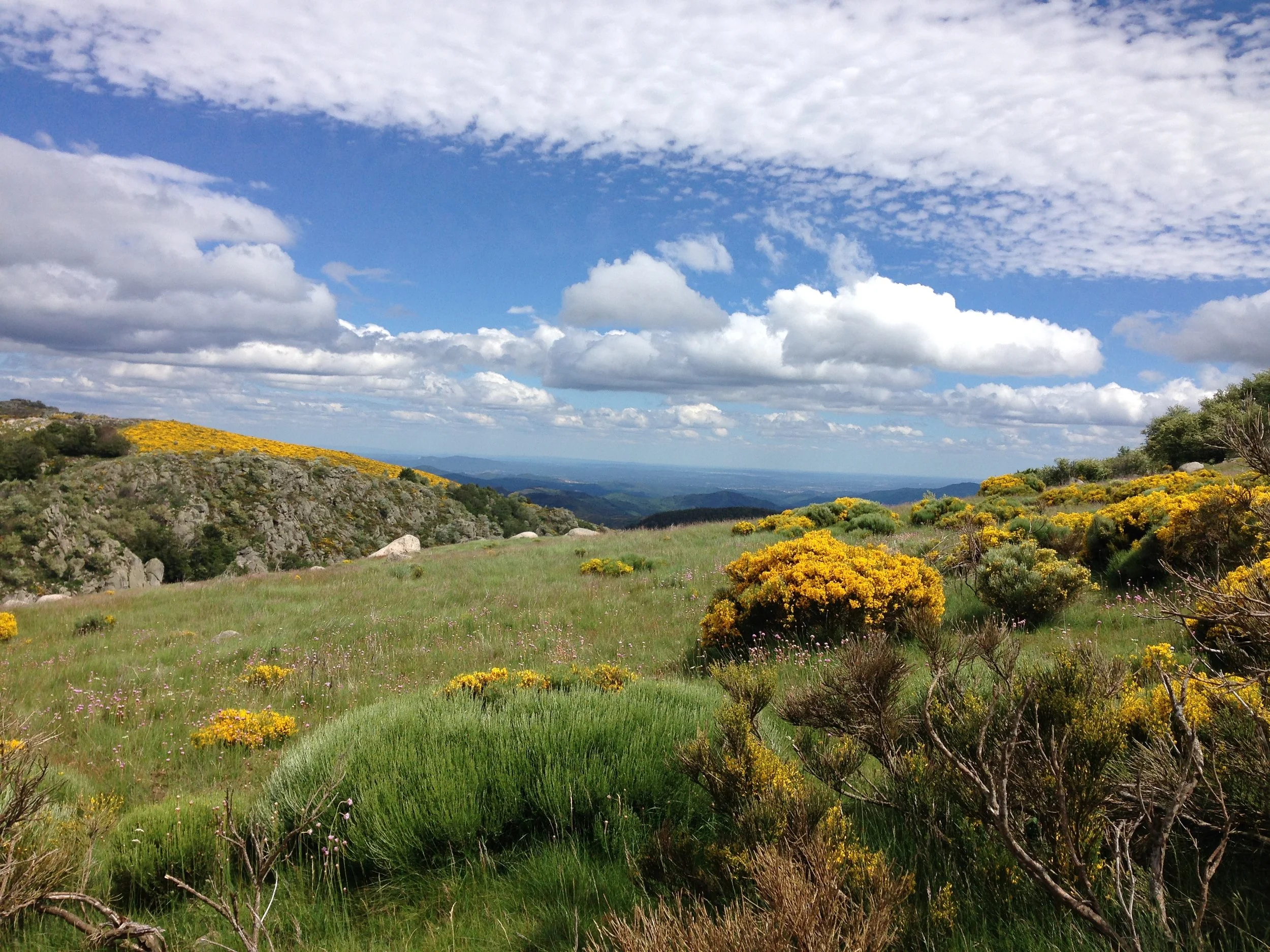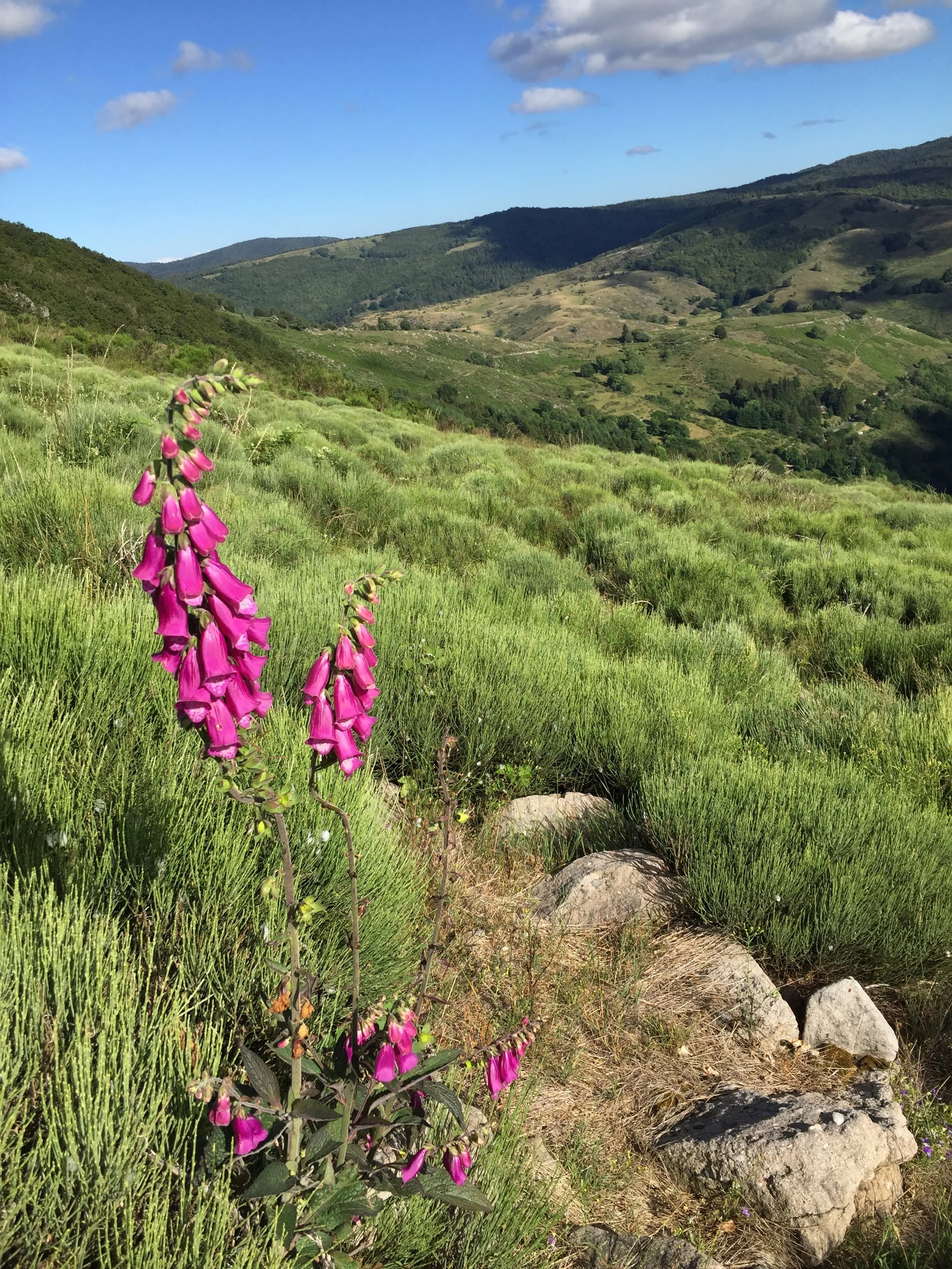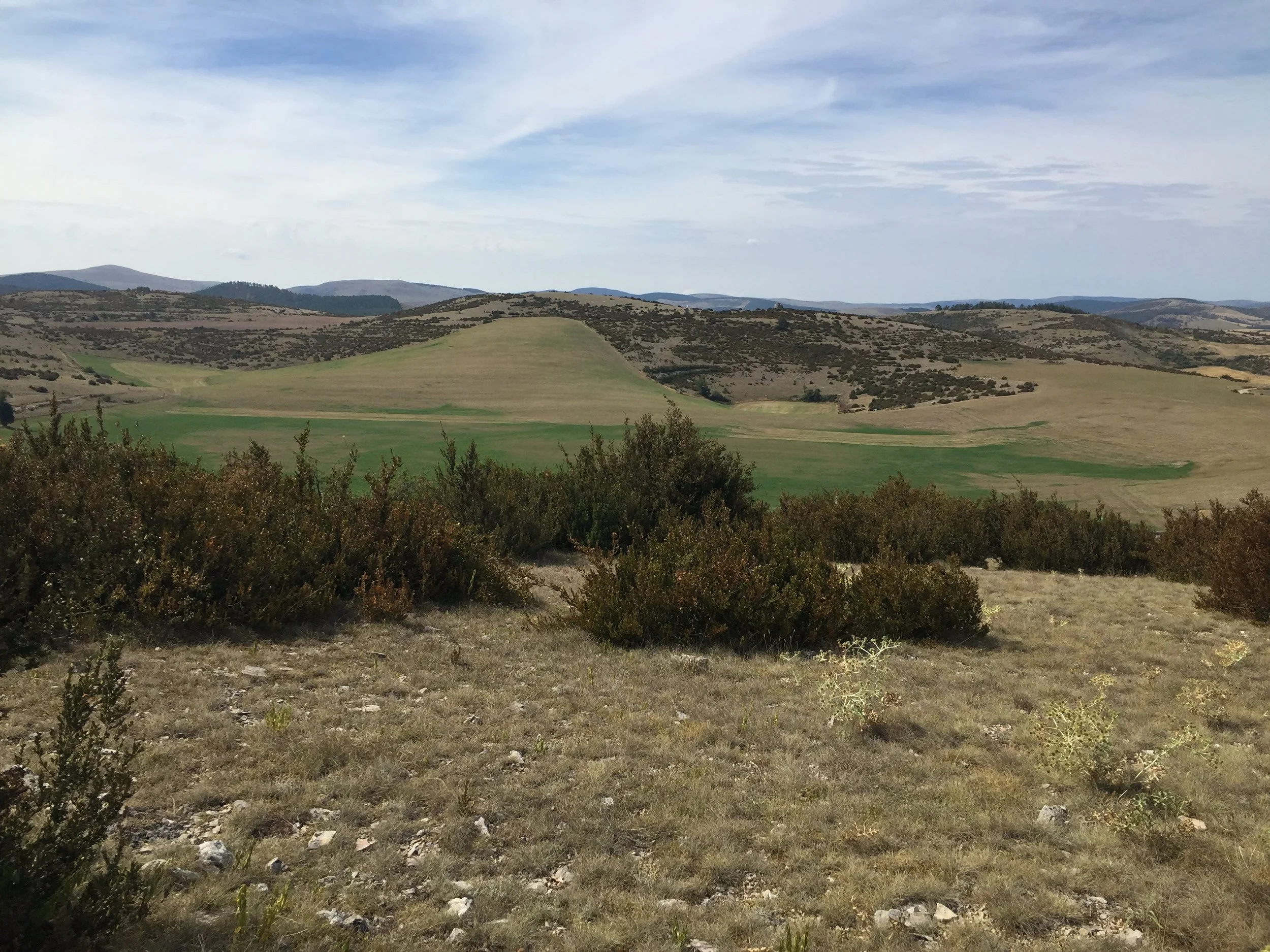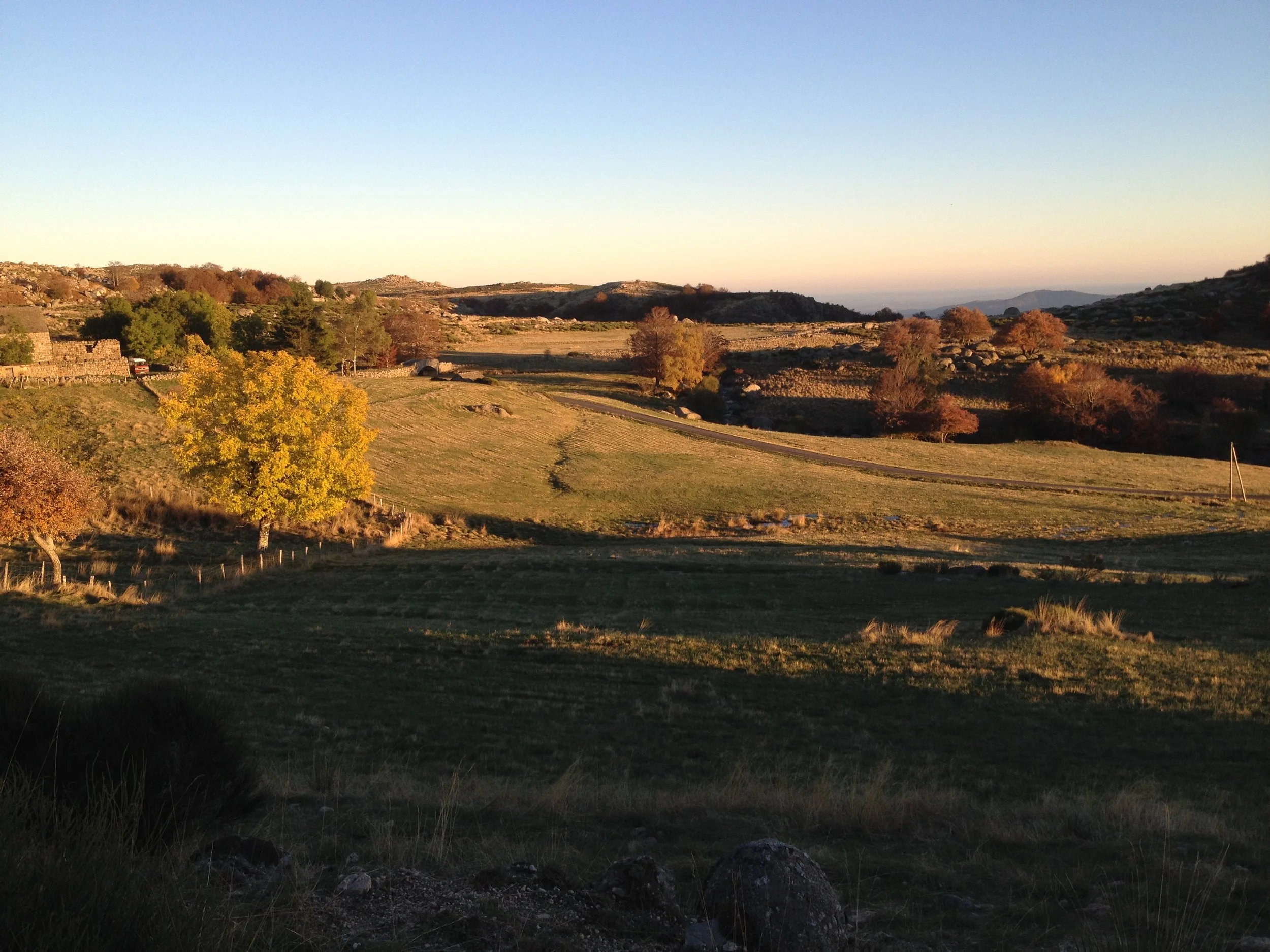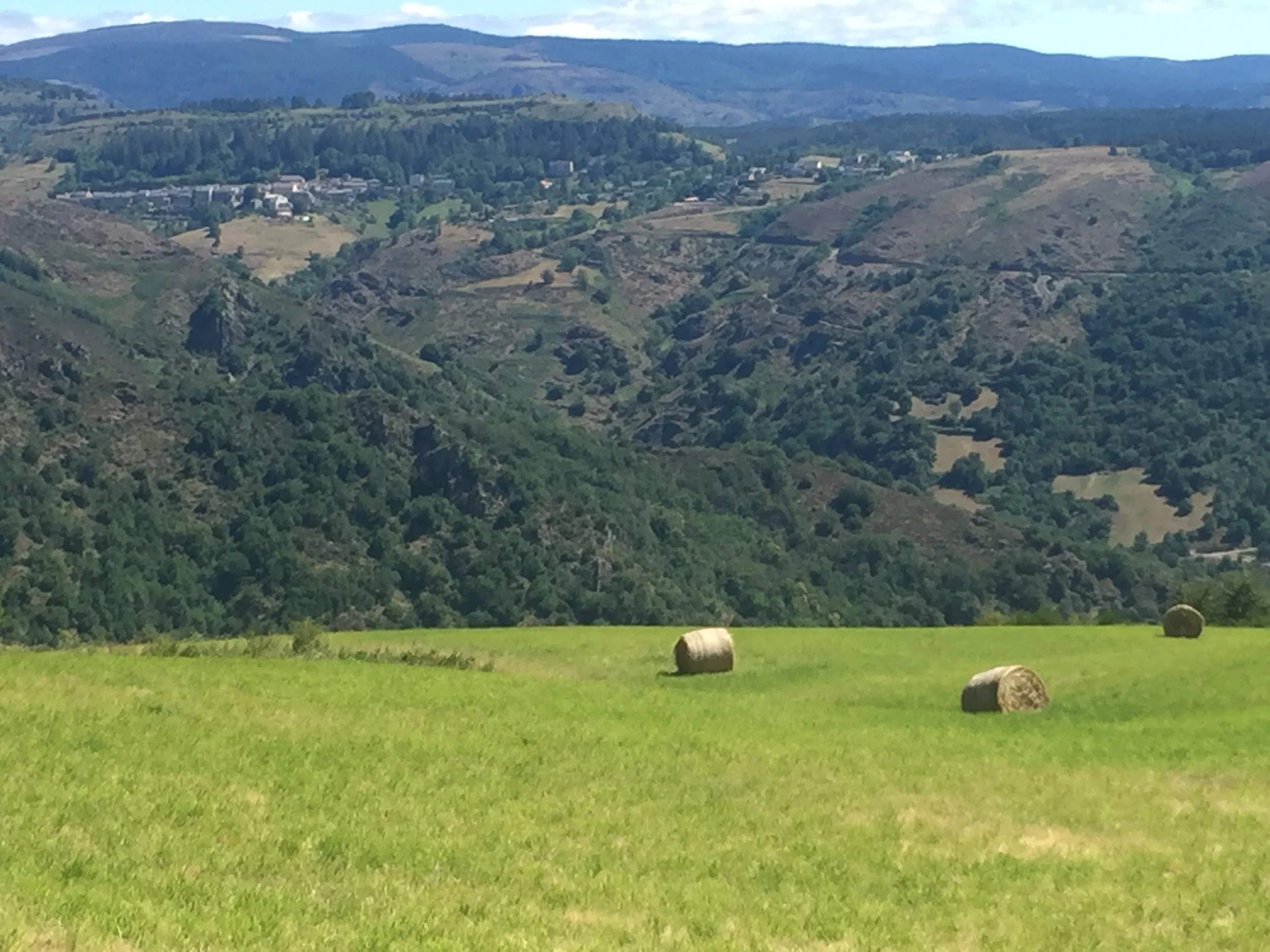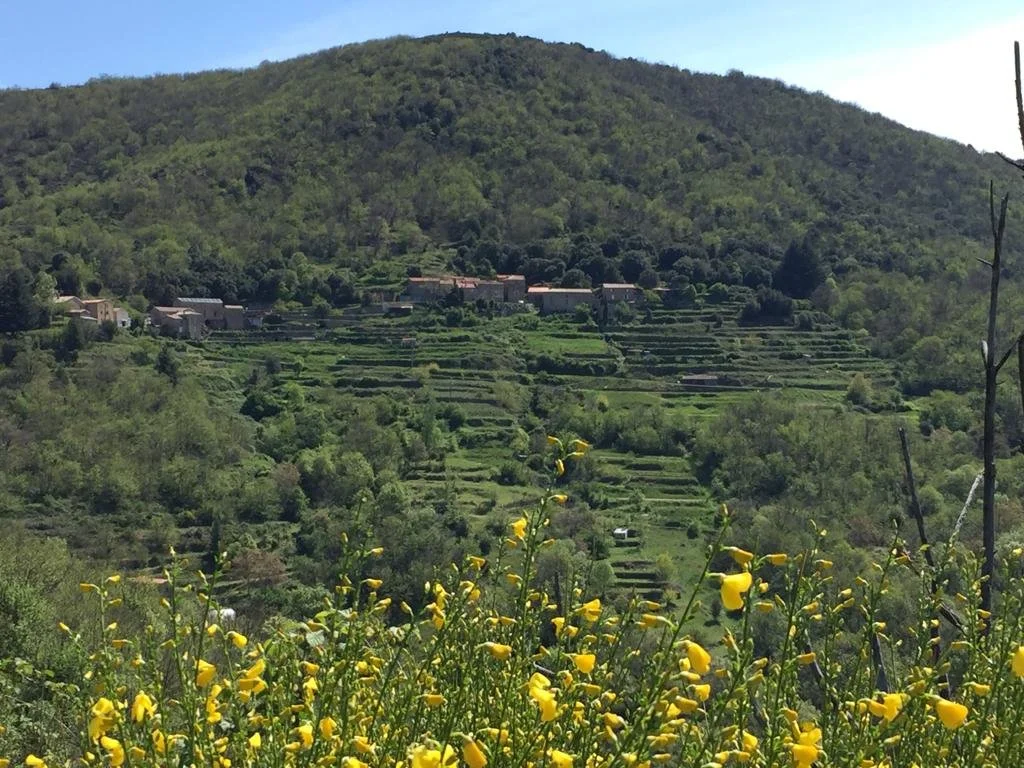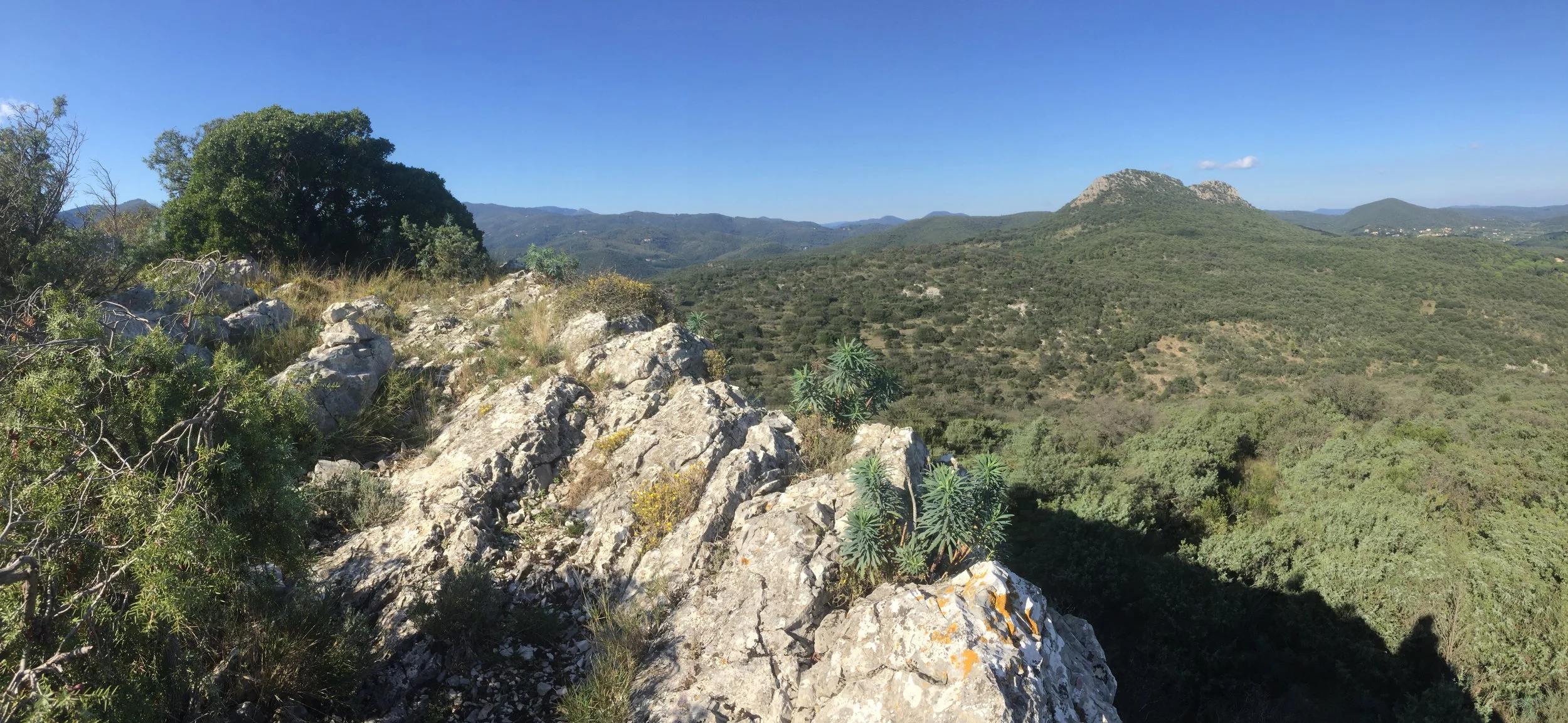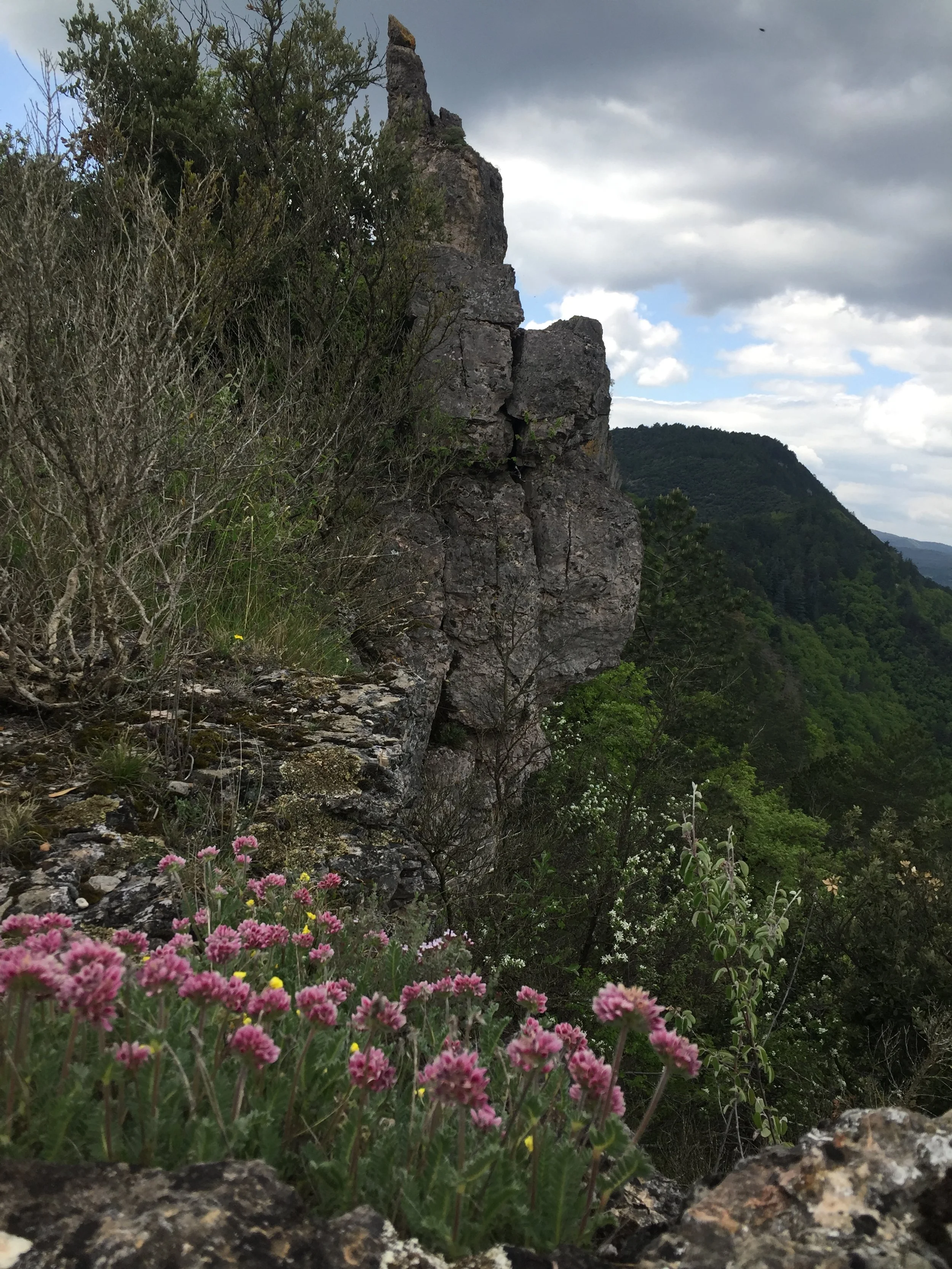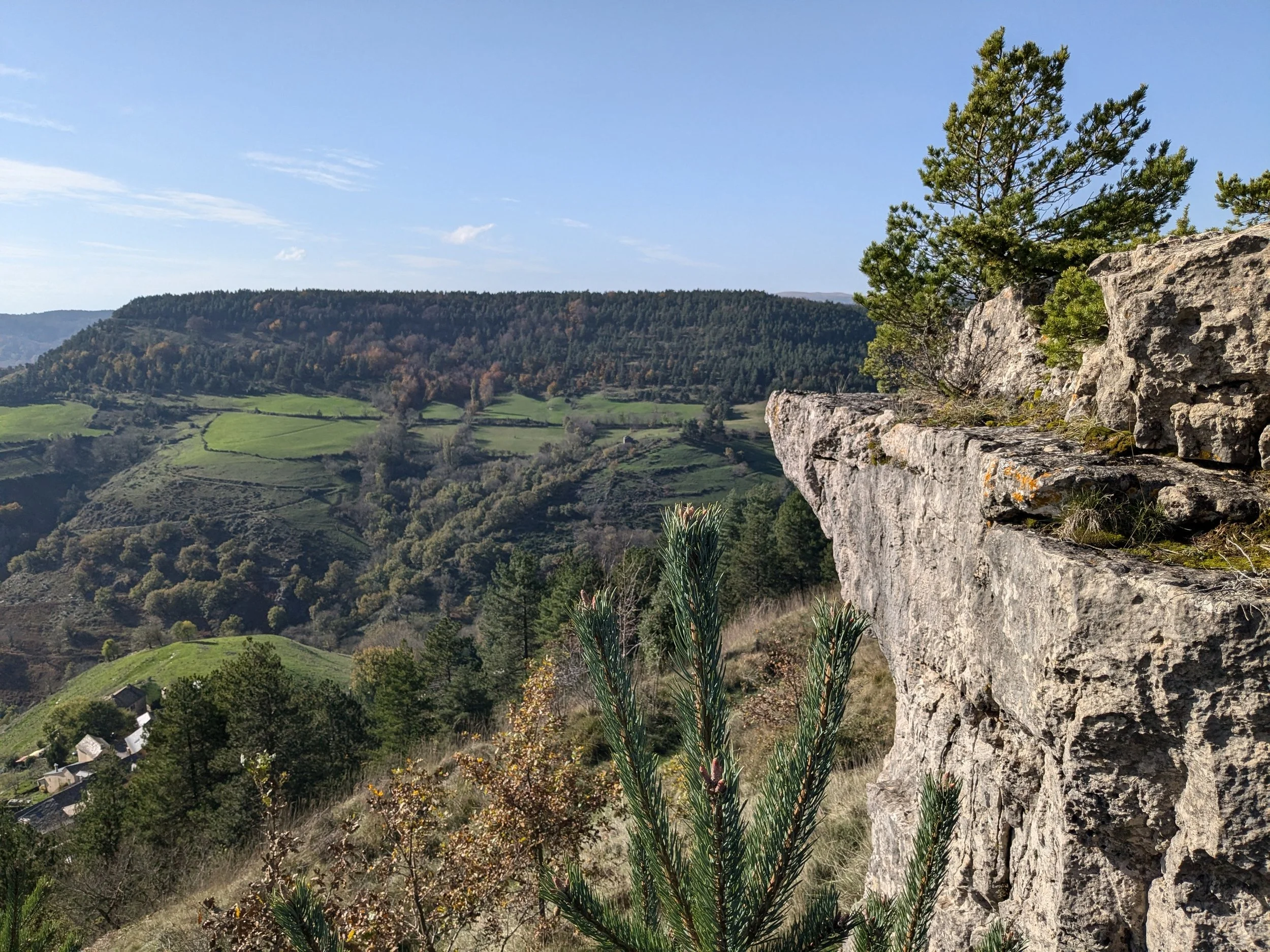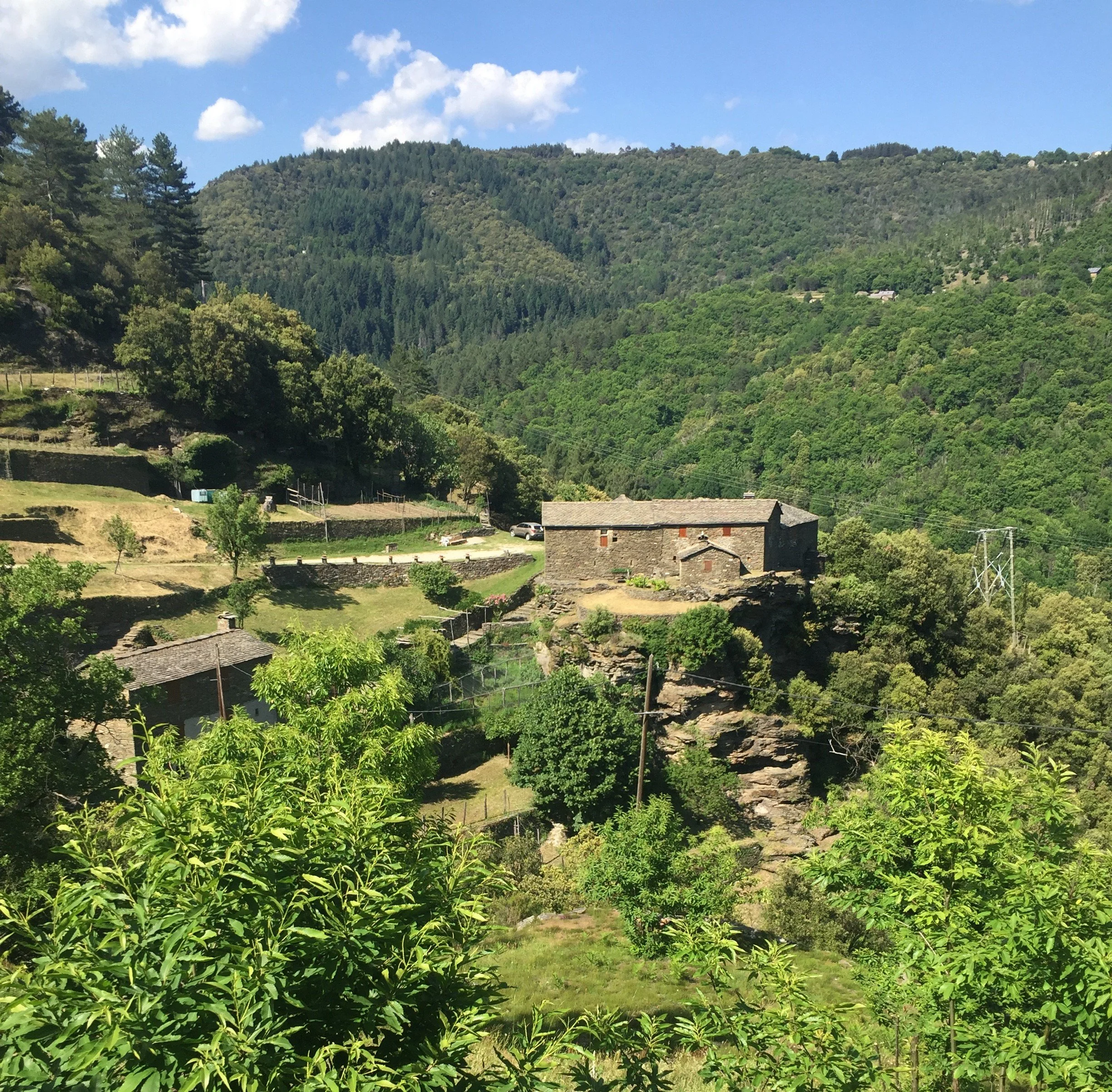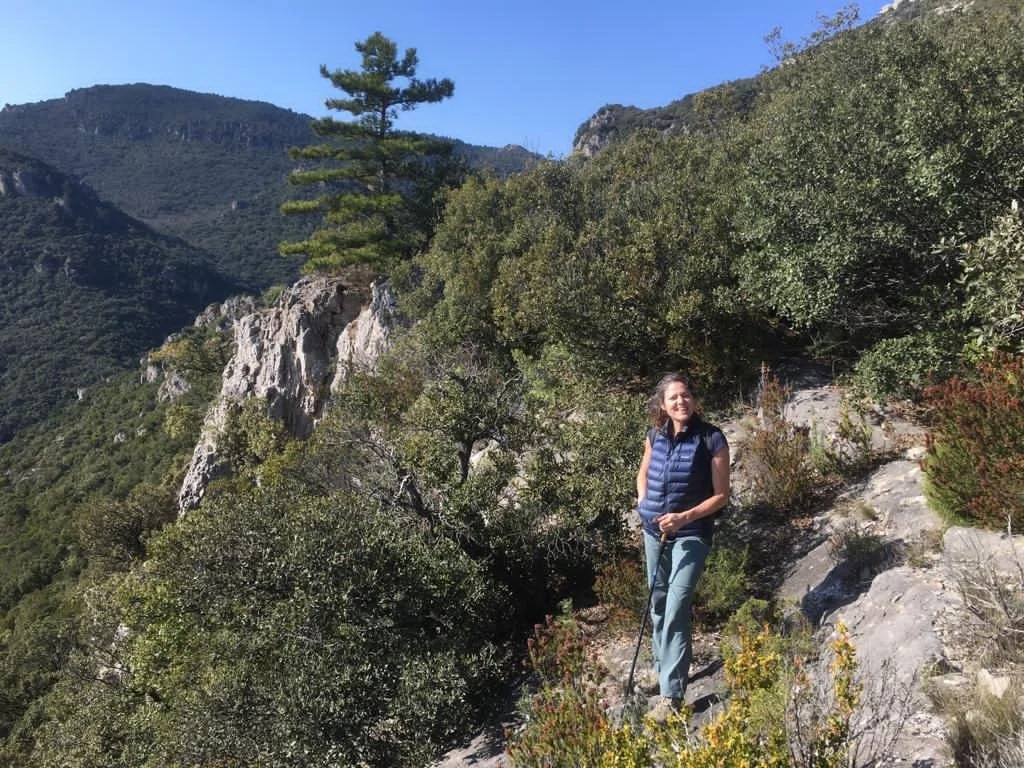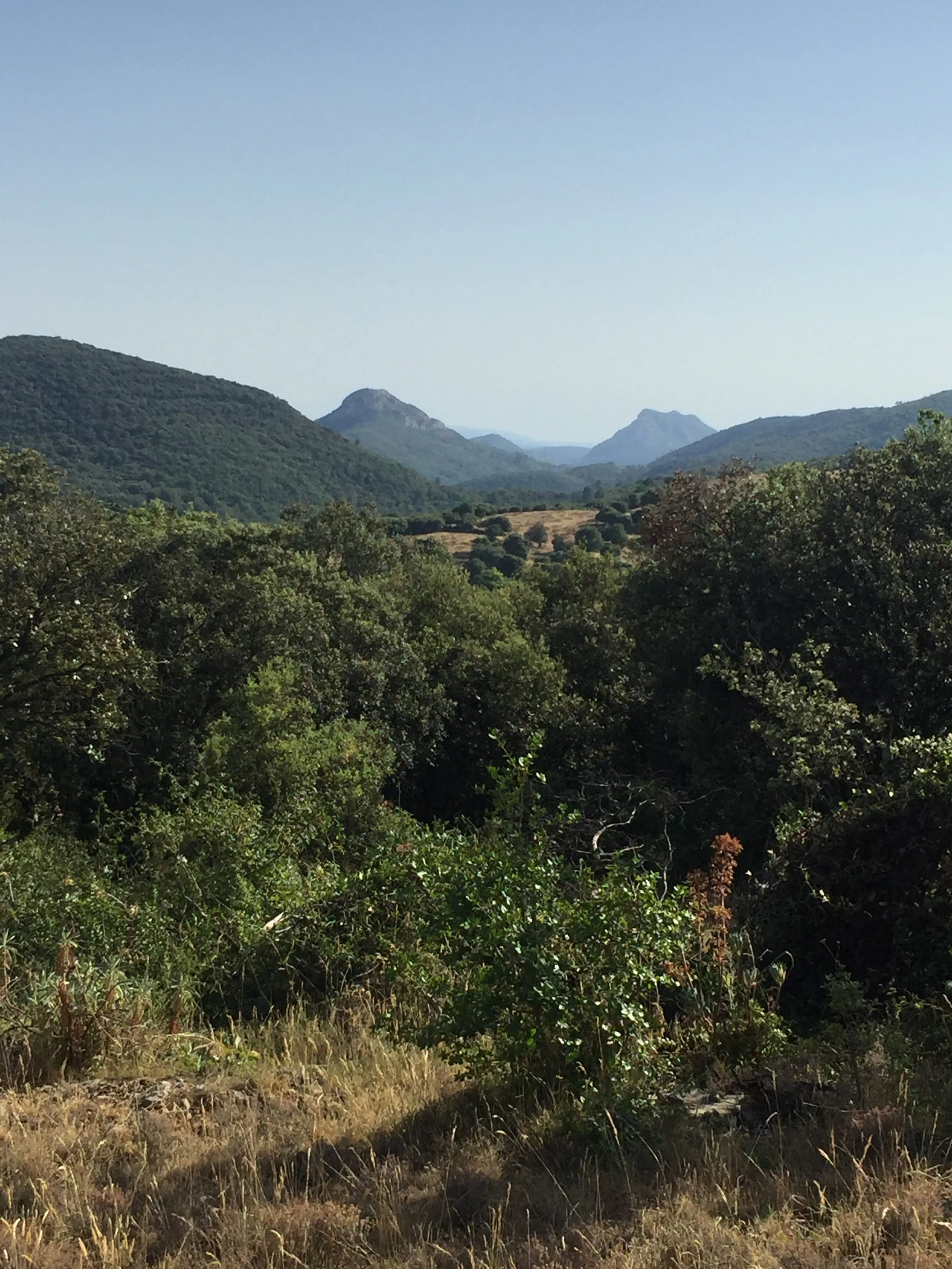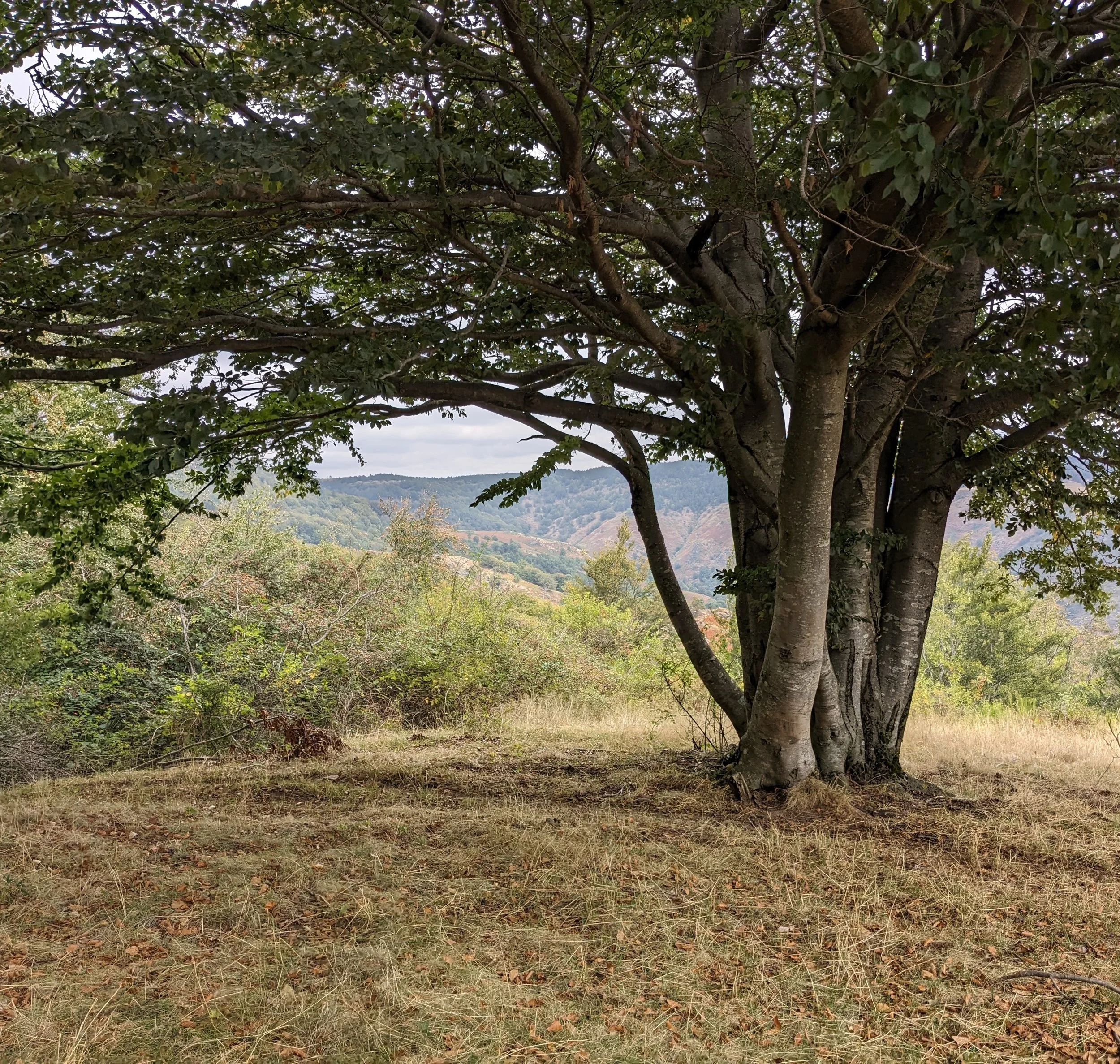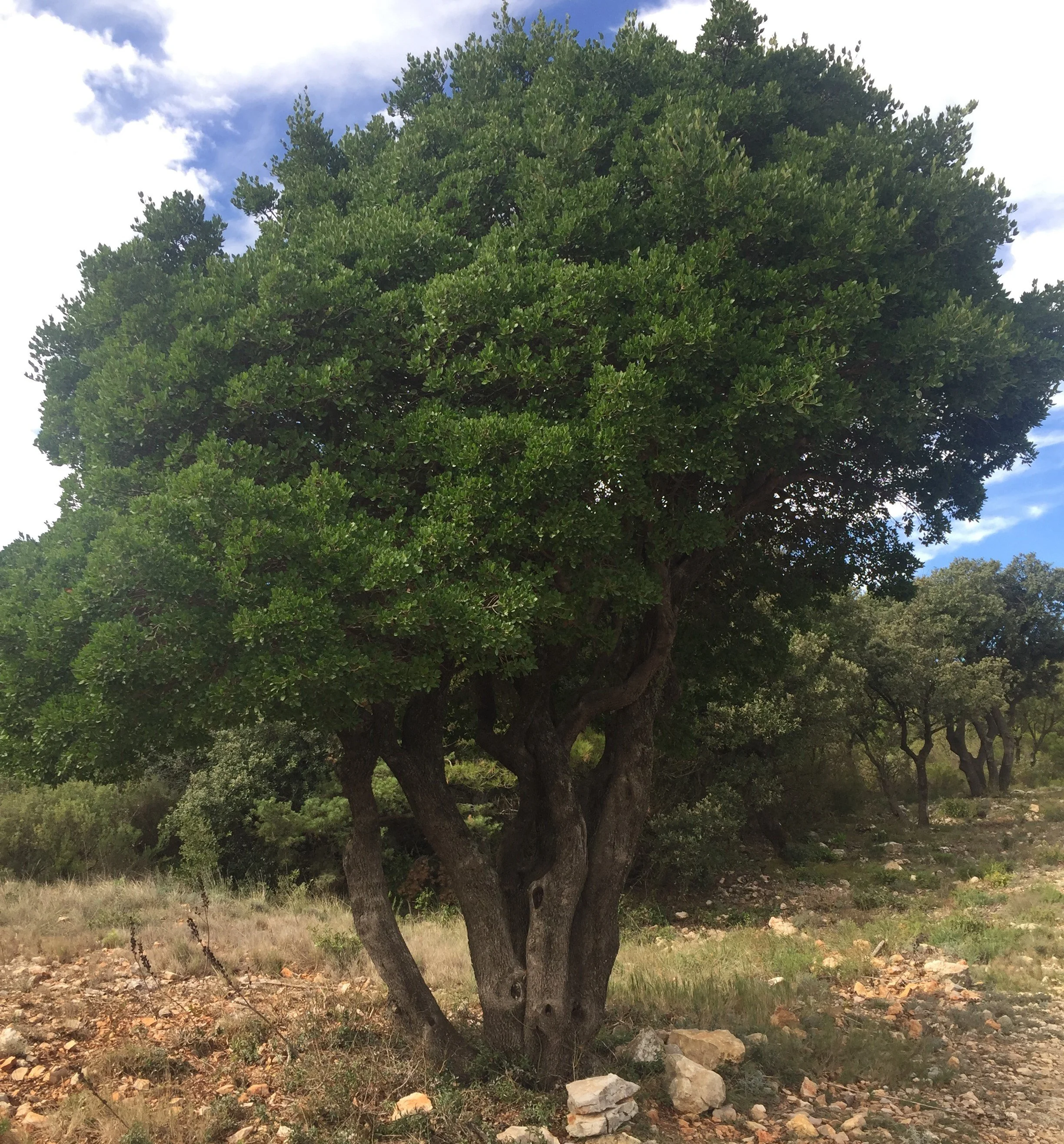
Landscapes of the Cévennes
There are several distinct landscape types within an hour of the Buckeye: the garrigue landscape of the foothills, the valleys and gorges with their stupendous agricultural terraces, and the wild and open landscapes of the mountains and causses.
The Parc National des Cévennes promotes the historical agri-pastoral landscape which has enriched my perceptions and even my lifestyle. I can see it in many places, though the clearest picture is in my imagination. It is a glimpse of humans living closer to nature in a dependent or symbiotic way.
Americans are privileged to have access to landscapes that we call wilderness. The word doesn’t really exist in French. Conversely, the pastoral American landscape did not have a long historical development as it did in France, and so it has disappeared almost without a trace in many places. I am American and French, so these ideas vibrate in dissonant harmony, a soulful, often emotional, experience of the landscape. My perception of the landscape is a perception of my existence, and the dissonant harmony is the paradox of being separate while being co-created in it.
A lande is an open range that is evolving toward reforestation
The historical agri-pastoral landscape was more barren than what we see today. By the mid-19th century, the Cevenole population was peaking and there were not many trees left in these parts. The situation was not in balance! There are big rain events here, called “cevenole episodes”, where the warm air of the mediterranean late summer collides with the cold fronts arriving from the north. The violence of these rains hitting barren, steep valleys caused catastrophic erosion and the silting of a very vital waterway, the Dordogne River which has its delta next to the city of Bordeaux. The imbalance also left the land unsustainable for the population, so a great exodus occurred. In the late 19th century the French government intervened on behalf of the Dordogne with a re-forestation program that, combined with the exodus of the livestock and humans, was so successful that the agri-pastoral landscape became only a memory. Since the latter third of the 20th century there has been a creeping restoration of population, shepherding, and the migration of the flocks. The National Park has stepped in with its mission of fostering a balance between human activities and ecosystems.
Lande with heathers
Mixed lande and open pasture
In the above photos the yellow-flowering plants are broom plants, spring bloomers. The pink-flowering plants are heathers, fall-bloomers. They each have a handful of varieties occuring here. The broom plants have a soft, blue-green color when not in bloom, seen below with fuschia foxglove flowers. To the right is an open summer pasture, or draille, with grasses.
Open pasture
The causses, the high open plateaus sliced by river gorges, are not predisposed to reforestation. They are windswept and have a barren or inhospitable aspect. When their cultivated fields are verdant it can be a dazzling contrast with the cliffs dropping off into a river gorge.
In the steep valleys, the landscape was shaped with terraces, in many places gradually being cleared and restored. Below you can see a hamlet with some restored terraces, and a farmhouse on a precipitous site with terraces.
The landscape over much of the South of France is typical of the Mediterranean, called the garrigue in French. The Buckeye is at the edge of the garrigue where mountain plants make their appearance. The garrigue is characterized by drought-tolerant trees and plants in a scrub-like profile. The trees are predominantly evergreen, such as the live oaks that resemble Quercus fusiformis in the hill-country of central Texas. The garrigue is on a karstic limestone geological formation, with caverns, aquifers and underground rivers.
A garrigue view near the Buckeye. The blue sparklers growing on the limestone in the foreground are one of the many euphorbia species here.
Forests
Descending from the heady, magnificent views of the highlands there is a layer cake of forests in the Cévennes. Their character is shaped by geology and human uses as well as altitude. The following are selections of some favorite Cevenole forests.
